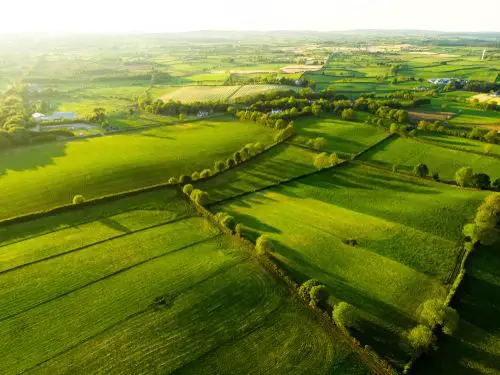With Saint Patrick’s Day fast 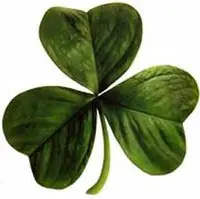 approaching I thought it would be fitting to have a look at the Irish heritage in Bordeaux. Irish Catholics fled to Bordeaux after the Battle of the Boyne in 1690 and this exodus is known as the Flight of the Wild Geese.
approaching I thought it would be fitting to have a look at the Irish heritage in Bordeaux. Irish Catholics fled to Bordeaux after the Battle of the Boyne in 1690 and this exodus is known as the Flight of the Wild Geese.
Over the next half a century 14,000 Catholic soldiers and 10,000 women and children left for France. Bordeaux became their spiritual home, with the Loire Valley and Cognac close behind.
Many became involved in the wine trade and when Thomas Jefferson visited Bordeaux in the 1770s, he noted that the leading wine merchants on Bordeaux’s Quai des Chartrons were the Irish families of Gernon, Barton, Johnston, Foster, Skinner, Coppinger and MacCarthy.
These emigrant Irish families and their descendants who engaged in the wine trade are known as Wine Geese and there are several chateaux who take their names from them (see Chateau Lynch Bages and the Irish Chateaux of Bordeaux).
Two Lord Mayors of Bordeaux were of Irish descent: Jean-Baptiste Lynch (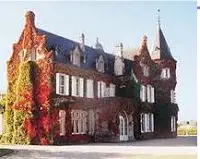 1809-1815) and David Johnston (1838-1842). The first factory to make the distinctive Bordeaux bottles was established in 1724 by a Dublinman called Mitchell.
1809-1815) and David Johnston (1838-1842). The first factory to make the distinctive Bordeaux bottles was established in 1724 by a Dublinman called Mitchell.
This bottle is called La Bordelaise and since the 18th century the Bordeaux bottle has been a different distinguished shape from the wine bottles of other regions.
Wine flowed back to Ireland from these families and in the 18th century it was said that Ireland ‘flowed with wine as much as the land of Canaan with milk’.
For instance in 1740, 1,000 caskets of wine were supplied from Bordeaux to England and 4,000 to Ireland.
The tradition continues today with Irishmen at the helm of several chateaux: Tony Ryan at Chateau Lascombes, Lochlann Quinn at Chateau de Fieuzal and Terry Cross at Chateau de La Ligne.
You might b e surprised to know that three First Growths have Irish connections. In the 1780s and 1790s Château Margaux was run by Richard and Christopher Gernon from Drogheda, Co. Louth.
e surprised to know that three First Growths have Irish connections. In the 1780s and 1790s Château Margaux was run by Richard and Christopher Gernon from Drogheda, Co. Louth.
Other Irish families who held leases on the property over the next 15 years included the MacCarthy brothers from Cork, the Johnston family from Armagh, the Barton family from Kildare and the Fosters from Dublin.
The Sauternes First Growth Chateau d’Yquem has links to the MacMahon family who sought refuge in France and claim descent from the ancient kings of Ireland via the Lords of Munster. The founder of the French line of the MacMahon family was John Baptiste MacMahon of Limerick who settled 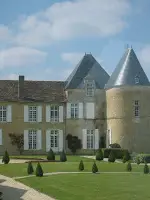 in Burgundy in 1739.
in Burgundy in 1739.
Château de Sully has been the home of the MacMahons since the 18th century and the story of how John Baptiste came to own it is an interesting one.
At this point in history the Morey brothers owned Château de Sully and one of the brothers, who at that time was some 60 years old, married his young cousin Charlotte Le Berlin from Eguilly.
Charlotte however was only 19 years old and her husband’s health suffered. The doctor had to be called in frequently. And it so happened that this doctor was a charming Irishman called Jean Baptiste de MacMahon.
In fact he was so charming that he ended up marrying widow Charlotte. Louis XV recognised his noble Irish origins and accorded him the title of Marquess.
When the French Revolution was in full fling 15 years later two of Char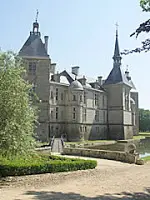 lotte’s sons were declared traitors and the Revolutionaries came to Sully to confiscate their belongings. However, the old Marchioness sent them packing.
lotte’s sons were declared traitors and the Revolutionaries came to Sully to confiscate their belongings. However, the old Marchioness sent them packing.
Six months later, they returned but in the interim Charlotte had died. However thanks to the quick-witted estate manager, Claude Beaune, the château was saved.
He had placed the body of the Marchioness in a trough (in the fireplace of the Grand Drawing Room) filled with local brandy and when the Revolutionaries appeared she was whipped out, propped up in bed with a lace mob cap, the curtains drawn.
Everyone went around speaking in whispers saying the Marchioness wasn’t at all well this week and the Revolutionaries would do better to come back at a later date to see her . . . and so the château was saved from destruction.
Charlotte’s descendant, Anne Isabelle MacMahon, niece of Patrice MacMahon, Marshall of France, married Comte Eugene de Lur Saluces, proprietor of Chateau d’Yquem in 1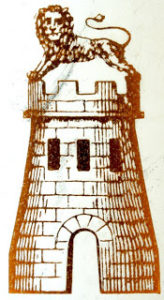 882.
882.
Nathaniel Johnston was a member of a Protestant Ascendancy family from Northern Ireland and purchased Chateau Ducru Beaucaillou in 1795.
The Johnstons also owned Chateaux Dauzac and Lascombes in Margaux and had shares, with the another Irish family, the Bartons (Chateaux Langoa Barton and Leoville Barton), in the First Growth Chateau Latour, in Pauillac.
Lastly, there is a rumour that a Fourth First Growth has Irish roots – myth has it that Chateau Haut Brion is a corruption of the Irish name O’Brien.
However this is but a story put about in 1926 by Maurice Healy. However there may be an Irish link to Haut Brion that isn’t so obvious.
In 1935 Haut Brion was bought by Clarence Dillon of New Jersey. Clarence claimed ancestry from a Polish family whose men had fought in one of Napoleon’s Irish regiments.
Eventually, they changed their name by deed poll in loving memory of the commanding officer of the regiment – a Dillon from Bordeaux.
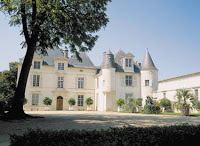 A General Robert Dillon and his brother Thomas emigrated to France in 1744 from Dublin and purchased a large estate in Blanquefort, Bordeaux. They became one of the famous Wine Geese families, producing Chateau Dillon wines.
A General Robert Dillon and his brother Thomas emigrated to France in 1744 from Dublin and purchased a large estate in Blanquefort, Bordeaux. They became one of the famous Wine Geese families, producing Chateau Dillon wines.
Today the ruined Chateau shares a site with a wine and agricultural college. The chateau buildings are under the patronage of the Bordeaux municipality which plans to restore them. I wonder if this Dillon is the forebear of the commanding officer of the regiment that inspired Clarence’s ancestor? You never know!

